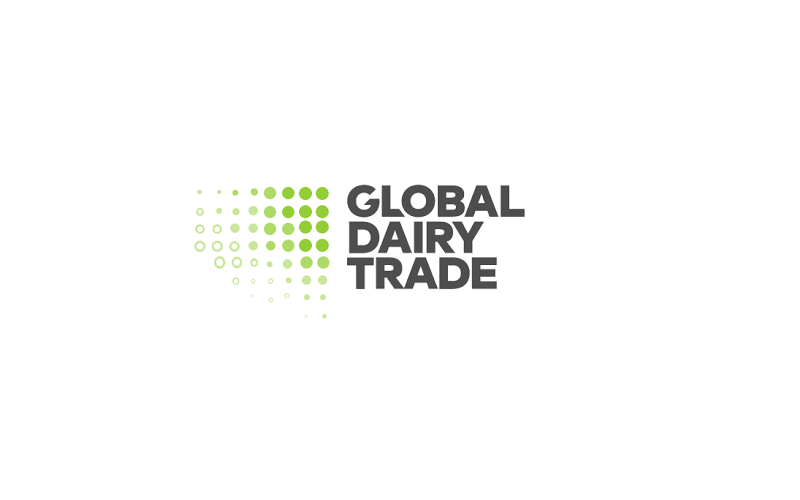Southeast Asia Dairy Demand Dips, Impacting U.S. Dairy Exports
Source: The DairyNews
Lower exports of milk powder and lactose weighed heavily on the overall U.S. dairy export figures for May, despite continued strong performance in cheese and whey sectors.

The U.S. Dairy Export Council reported a 5% decrease in dairy shipments in May compared to the same month last year, measured in milk solids equivalent (MSE). This decline follows an increase in April, highlighting the inconsistent nature of U.S. dairy exports so far this year.
Mixed Regional Demand
U.S. dairy exports saw varying performance across different regions. While exports to China fell by 6% (-2,269 MT MSE) and to Canada by 10% (-1,105 MT MSE), these declines were offset by increases in shipments to Mexico (+4%, +2,319 MT MSE), Central America/Caribbean (+19%, +1,962 MT MSE), and South Korea (+25%, +1,208 MT MSE). However, a significant drop in demand from Southeast Asia, with nonfat dry milk/skim milk powder (NFDM/SMP) exports down by more than half (-51%, -14,265 MT), was a major factor in the overall decline.
Cheese Exports Surge
Despite the overall decrease, U.S. cheese exports continued to excel. In May, cheese exports soared to 48,029 MT, a 47% increase year-over-year, nearly reaching record levels. This strong performance was driven by gains across all major cheese varieties, including a 51% increase in the "Other Cheese" category, a 65% rise in fresh cheese exports, and significant growth in shredded cheese (+27%) and cheddar (+55%).
Whey Exports Also Up
Whey exports showed positive growth as well. High protein whey exports increased by 19% in May, buoyed by a 190% surge in demand from China. Low-protein whey products also saw a 17% increase. These gains helped to offset weaker exports to Southeast Asia and Japan.
Challenges in Southeast Asia
The decline in U.S. dairy exports to Southeast Asia was notable, with overall exports to the region totaling just 34,010 MT MSE, a 26% drop year-over-year. This marks the lowest May export figure since 2017. The decrease was primarily driven by a 51% reduction in NFDM/SMP exports to the region, with significant losses in the Philippines (-49%), Indonesia (-61%), and Vietnam (-48%).
Despite respectable economic performance in Southeast Asia, including stronger industrial output and export activity, the U.S. appears to have lost market share to other suppliers such as New Zealand, Europe, and Australia.
Outlook for U.S. Dairy Exports
The fluctuation in U.S. dairy exports highlights the challenges faced in gaining consistent traction in global markets. However, the strong performance in cheese and whey exports provides a positive outlook. Continued improvement in the global economy and rising consumer confidence are expected to boost demand for dairy products. The recovery of the Chinese pork sector is also likely to increase whey demand.
Maintaining competitive pricing and expanding capacity will be crucial for U.S. dairy exports to capitalize on these opportunities. With new capacity expected to come online later this year and into 2025, the U.S. dairy industry is well-positioned to meet global demand and achieve a record-high year for cheese exports.
Mixed Regional Demand
U.S. dairy exports saw varying performance across different regions. While exports to China fell by 6% (-2,269 MT MSE) and to Canada by 10% (-1,105 MT MSE), these declines were offset by increases in shipments to Mexico (+4%, +2,319 MT MSE), Central America/Caribbean (+19%, +1,962 MT MSE), and South Korea (+25%, +1,208 MT MSE). However, a significant drop in demand from Southeast Asia, with nonfat dry milk/skim milk powder (NFDM/SMP) exports down by more than half (-51%, -14,265 MT), was a major factor in the overall decline.
Cheese Exports Surge
Despite the overall decrease, U.S. cheese exports continued to excel. In May, cheese exports soared to 48,029 MT, a 47% increase year-over-year, nearly reaching record levels. This strong performance was driven by gains across all major cheese varieties, including a 51% increase in the "Other Cheese" category, a 65% rise in fresh cheese exports, and significant growth in shredded cheese (+27%) and cheddar (+55%).
Whey Exports Also Up
Whey exports showed positive growth as well. High protein whey exports increased by 19% in May, buoyed by a 190% surge in demand from China. Low-protein whey products also saw a 17% increase. These gains helped to offset weaker exports to Southeast Asia and Japan.
Challenges in Southeast Asia
The decline in U.S. dairy exports to Southeast Asia was notable, with overall exports to the region totaling just 34,010 MT MSE, a 26% drop year-over-year. This marks the lowest May export figure since 2017. The decrease was primarily driven by a 51% reduction in NFDM/SMP exports to the region, with significant losses in the Philippines (-49%), Indonesia (-61%), and Vietnam (-48%).
Despite respectable economic performance in Southeast Asia, including stronger industrial output and export activity, the U.S. appears to have lost market share to other suppliers such as New Zealand, Europe, and Australia.
Outlook for U.S. Dairy Exports
The fluctuation in U.S. dairy exports highlights the challenges faced in gaining consistent traction in global markets. However, the strong performance in cheese and whey exports provides a positive outlook. Continued improvement in the global economy and rising consumer confidence are expected to boost demand for dairy products. The recovery of the Chinese pork sector is also likely to increase whey demand.
Maintaining competitive pricing and expanding capacity will be crucial for U.S. dairy exports to capitalize on these opportunities. With new capacity expected to come online later this year and into 2025, the U.S. dairy industry is well-positioned to meet global demand and achieve a record-high year for cheese exports.











